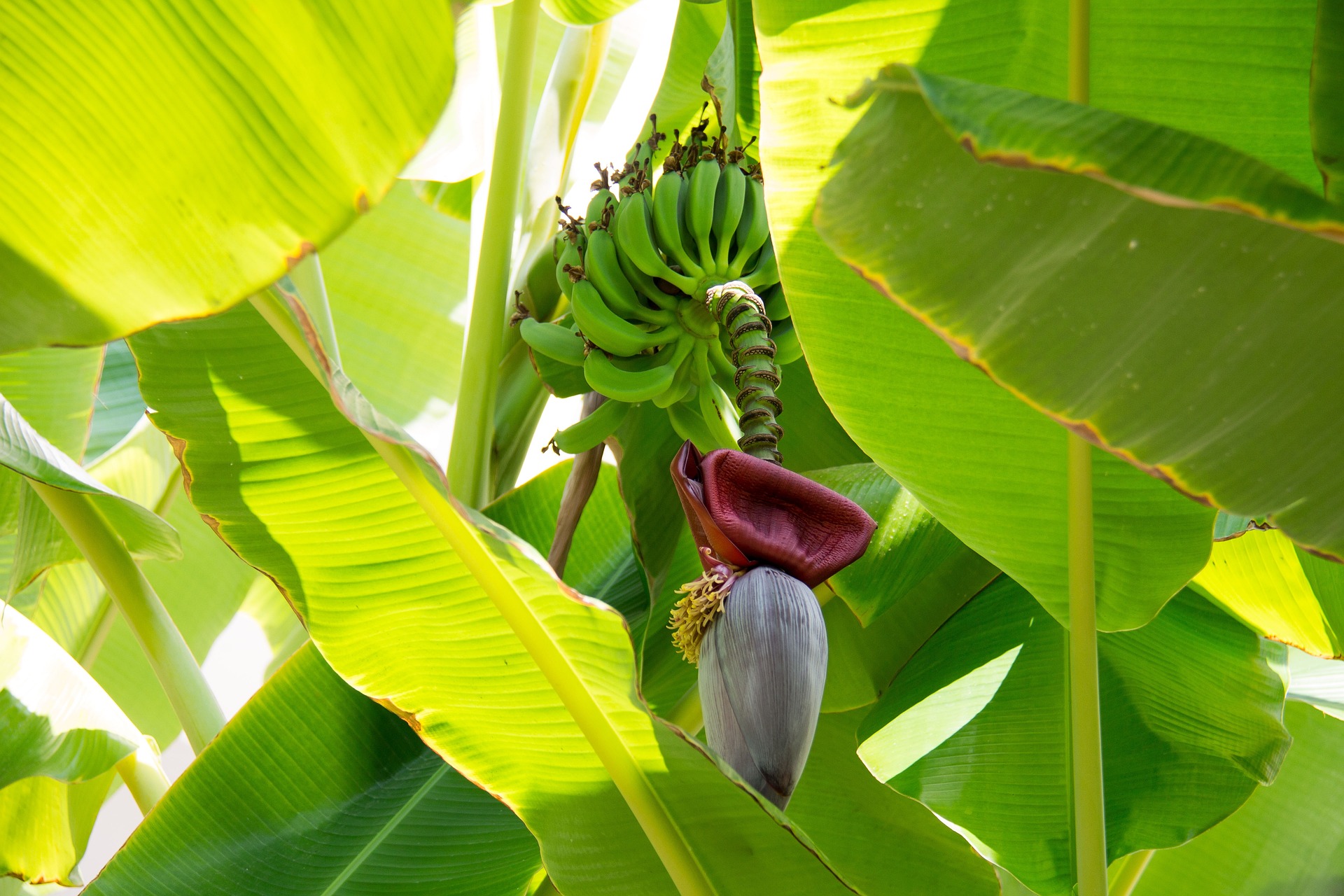India’s agri exports: The quandary of trade restrictions
India’s agricultural sector faces a formidable challenge with a projected US$ 4 billion cut in exports. Recent trade restrictions on staples like wheat, rice, and sugar have rippled through the industry, causing a 9% decline in exports. From a 98% drop in wheat exports to extended bans on sugar, the measures aim to balance affordability and industry support. However, concerns rise over the long-term impact on agricultural trade. IBT analyses the repercussions in this article.

India faces a US$ 4 billion cut in agricultural exports due to trade restrictions on staples like wheat, rice, and sugar according to a source. The repercussions of these restrictions were evident in data provided by the Agricultural and Processed Food Products Export Development Authority (APEDA), which reported a noteworthy 9% decline in exports under its ambit.
From April to October in 2023, export figures of these products dropped from US$ 15.42 billion to US$ 13.99 billion. Wheat, a cornerstone of the agricultural sector, experienced a severe blow with a staggering 98% decline, while milled products and non-basmati rice faced declines of 65% and 20%, respectively. Despite the growth in basmati rice exports by 16% to US$ 2.96 billion from April to October, non-basmati rice exports witnessed a 20% decline YoY to US$ 2.9 billion. Furthermore, the government extended restrictions on sugar exports, virtually banning them by adding organic sugar to the restricted category without specifying an end date.
The export bans undertaken by the Government of India aim to balance consumer affordability and support the agricultural industry amidst rising retail prices. However, they have caused ripples across its import markets. Moreover, there is a looming concern regarding Basmati rice exports, as potential disruptions caused by Houthi rebel attacks on ships passing through the Red Sea could impact shipments. In response, there are contemplations of exploring longer routes circumnavigating Africa for exporting commodities like Basmati rice. This could potentially add 15-20 % to shipment costs.
Causes of export decline
Compelled by escalating retail prices of key agricultural products such rice, wheat, and sugar, the government implemented measures aimed at curbing the upward trend. In a pivotal move in July 2023, exports of all non-basmati white rice was prohibited, to address concerns related to rising prices. Additionally, a 20% duty on parboiled rice exports was introduced, initially until October 2023. Subsequently, recognizing the ongoing need for stabilization, this duty was extended to March 2024. These interventions were designed to strike a balance between ensuring affordability for consumers and supporting the agricultural industry.
However, these bans are leading to the expected concerns among the exporting community. According to Jagdish Sukhia, Vice President at Shree Bhagwati Flour & Foods Pvt. Ltd., “Around 80% of our export volume has been reduced due to the ban on wheat flour products (atta, maida, sooji) which is a huge setback. As we are not exporting wheat products full-fledged basis (except license-based export of flour using foreign wheat), competitors have started taking our place. If this continues then it would be difficult to regain global market share. The volume of wheat product exports is very low compared to the volume being consumed in domestic market, so the implication of restarting export will be limited.”
While immediate removal is unlikely, Mr Sukhia recommends a phased approach. Also, he feels that the government should permit exports of products like Maida and sooji on a licensed basis, potentially through quotas. Another prudent approach, in his view is to allow exports of products manufactured from imported wheat.
Impact of onion export ban
India’s export ban on onions, has raised concerns about the potential loss of an established international market for Indian produce. This export restriction, initiated with a minimum export price of US$ 800 per tonne on October 28, escalated to a total ban until March 31, 2024, intensifying worries among farmers who anticipated profits.
Nepal, heavily dependent on India for onion imports, now faces a scarcity of this kitchen staple. The Nepalese government has formally requested India to send onions to address the shortage, responding to concerns expressed by onion traders. The impact of any disruption in onion supply from India is profound in Nepali markets.
The ban has prompted smuggling across borders, with law enforcement seizing illegally imported onions. In an attempt to mitigate the crisis, Nepali officials are exploring alternatives such as importing onions from Pakistan and China. However, the perishable nature of onions complicates large-scale imports from countries other than India.
Naveen Nathrani, CEO at Naveen Vegetable Company (which is an exporter of onions), stated, “For domestic markets, the export ban is a compulsory decision, as onion prices must be controlled to ensure domestic food security. In terms of export, this Govt. intervention in free markets is an adverse decision. This makes India an unreliable supplier of onions. This will force our international customers to look for other reliable suppliers.” To regain market share, he asserts that India needs to improve the consistency and quality of onion supplies. Further, he suggests that India can add value by supplying minor processed onions like peeled onions, cut onions and frozen onions, so that we can benefit from a bit of inelasticity in demand.
Experts suggest that to ensure reliable supplies, the government can opt for more structural measures. It can enhance farming techniques by ensuring a steady supply of reliable seeds and providing accurate weather forecasts to inform farmers about caring for crops during turbulent weather conditions. Immediate improvements are needed in storage technology to minimize storage losses, and there is a pressing need for involvement in shipping to reduce transit time and enhance regularity. Improving the reliability of vessels can contribute significantly to these efforts.
Conclusion
India’s agricultural sector grapples with significant challenges stemming from trade restrictions on staple commodities. The decline in exports, particularly of wheat, rice, and sugar, reflects the intricate balance the government seeks between controlling domestic prices and sustaining the agricultural industry. The ban on onion exports adds another layer of complexity, impacting international markets and triggering domestic concerns. As the nation navigates these hurdles, collaborative efforts between the government and the industry are crucial to address ongoing challenges, improve export reliability, and enhance the overall resilience of India’s agricultural landscape.












Leave a comment